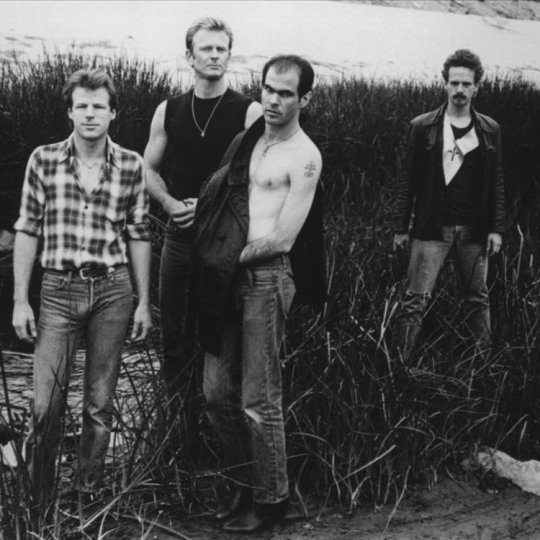#the flesh eaters
Text

Frank Frazetta "The Flesh Eaters" Original Preliminary Painting (undated)
Source
Final work

Frazetta’s “Flesh Eaters” (1975) original artwork
Source
Final use
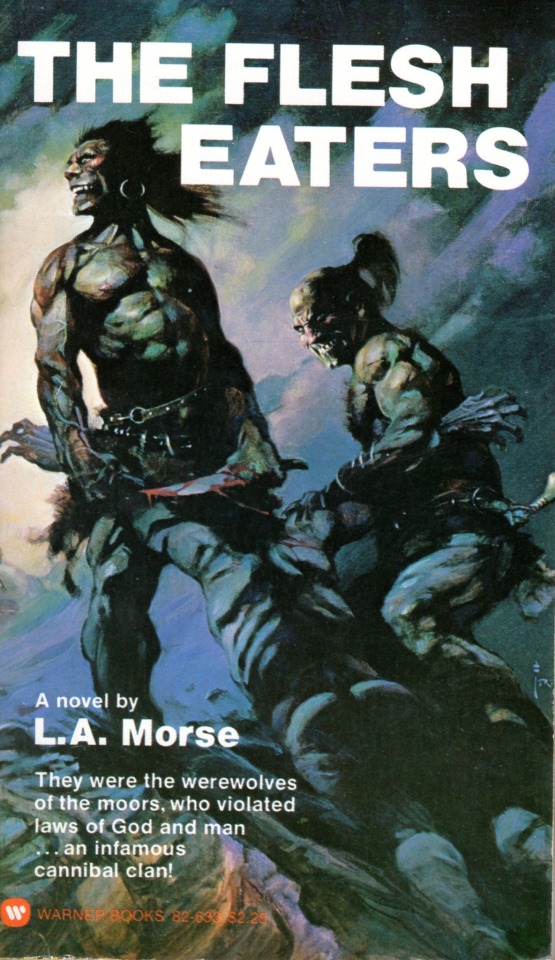
20 notes
·
View notes
Text

The Flesh Eaters (1964) - VHS Cover
#the flesh eaters#martin kosleck#barbara wilkin#byron sanders#1960s movies#jack curtis#horror#trash classic#vhs#vhs cover
70 notes
·
View notes
Text
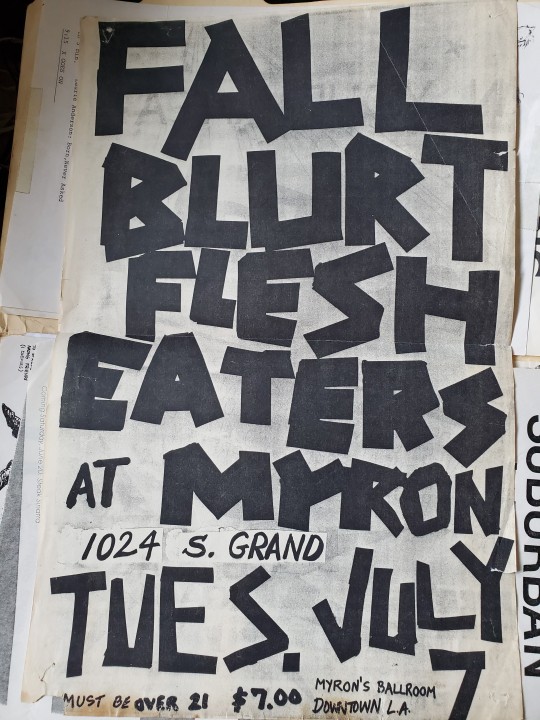
Old flyer: The Fall, Blurt, the Flesh Eaters. At Myron's Ballroom, Downtown L.A.. $7, MUST BE OVER 21
5 notes
·
View notes
Text
The Flesh Eaters was released on March 18, 1964(Phoenix, Arizona).
#scifi #sciencefiction #horror

5 notes
·
View notes
Text
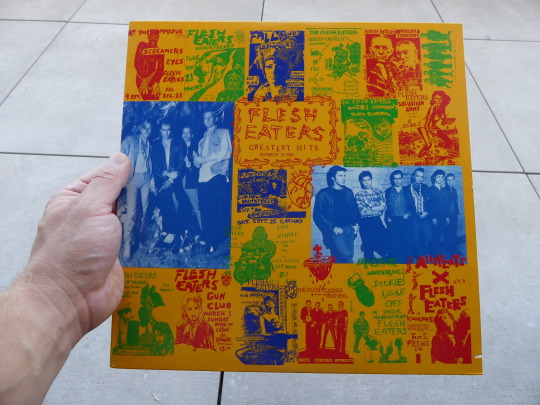

The Flesh Eaters – Greatest Hits - Destroyed By Fire
3 notes
·
View notes
Text
youtube
The Flesh Eaters - Digging My Grave
#the flesh eaters#digging my grave#chris d#dave alvin#john doe#dj bonebrake#steve berlin#bill bateman#punk#punk rock#art punk#garage punk#a minute to pray a second to die#1981#Youtube
3 notes
·
View notes
Photo
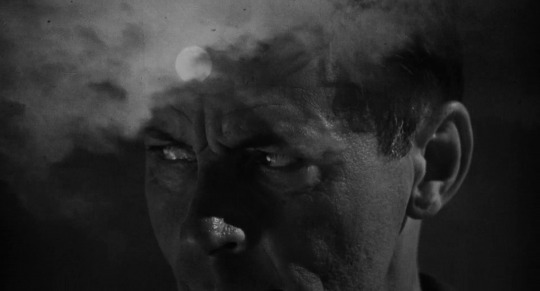



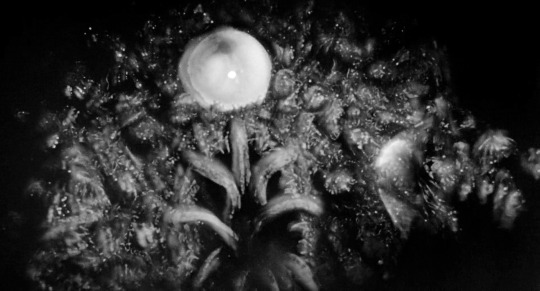
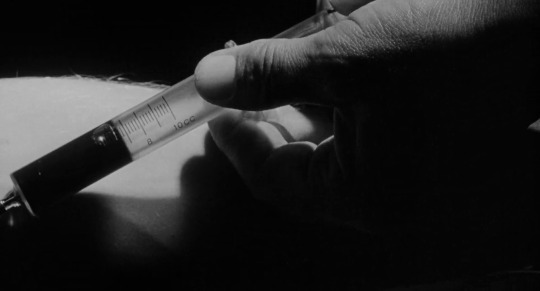
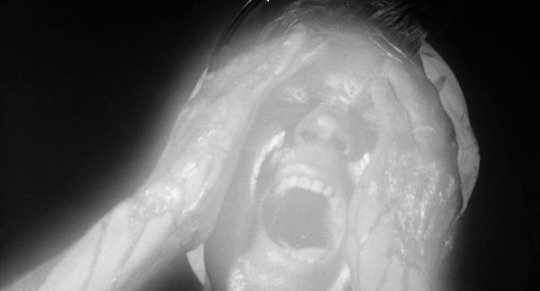
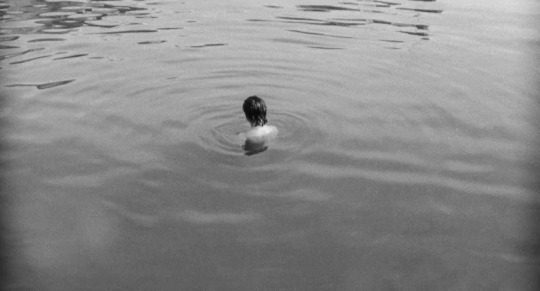


The Flesh Eaters (Jack Curtis, 1964).
#the flesh eaters#jack curtis#the flesh eaters (1964)#carson davidson#radley metzger#roy benson#martin kosleck#byron sanders#barbara wilkin
50 notes
·
View notes
Text
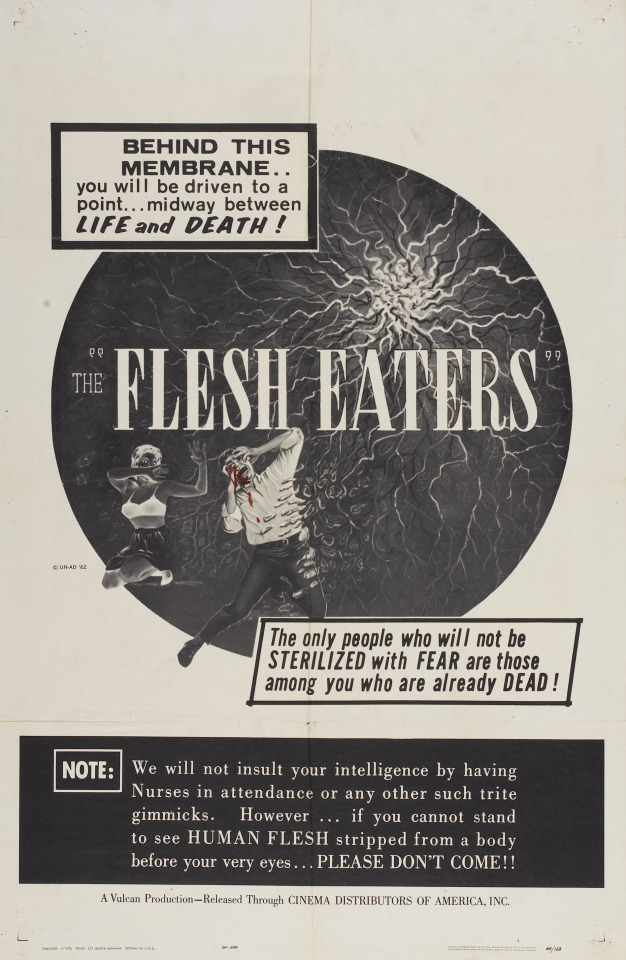
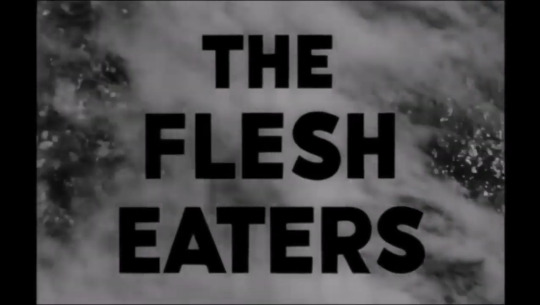
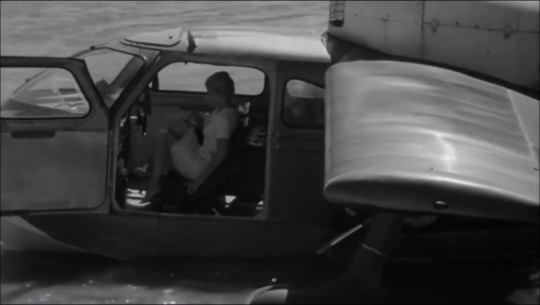


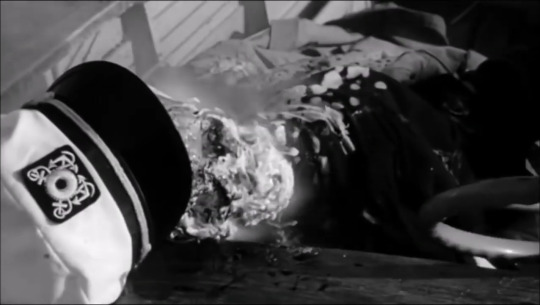
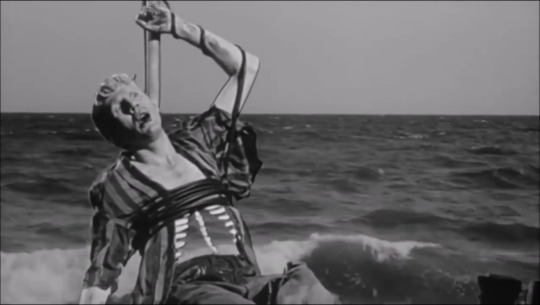

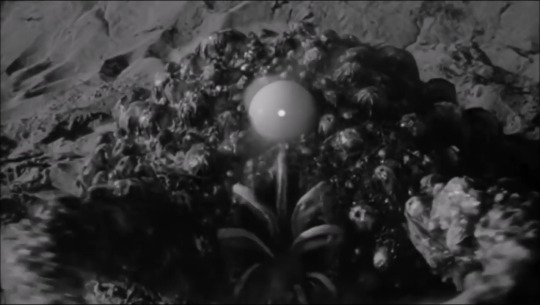
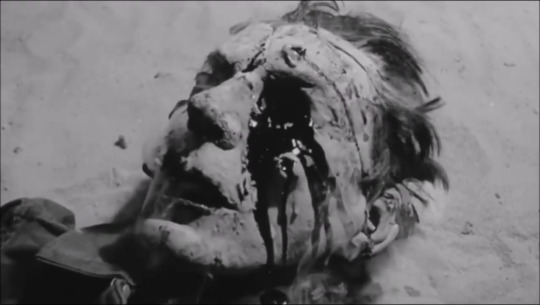
The Flesh Eaters (1964)
1960s splatter films are an interesting, and often overlooked thing. It was a point in time when the Hays Code was very much still in effect, but filmmakers and theatre owners were finally figuring out that they could literally just circumvent it with direct distribution. And this is a movie that really pushes the blood and gore—for 1964—while still retaining the feeling of a lot of its more goody-two-shoes contemporaries. And that combination makes for an interesting viewing experience. It feels like they knew they could push things without needing to appease a "Totally not censorship" board, but weren't really confident in how far they could take it. Which leads to some very bloody scenes, and some others that are almost comical. It's a kinda weird thing that sits somewhere between "respectable cinema" and Herschell Gordon Lewis.
6/10
#monster movies#splatter film#6/10#1960s#horror#horror movies#1960s horror#60s horror#island#the flesh eaters
5 notes
·
View notes
Text
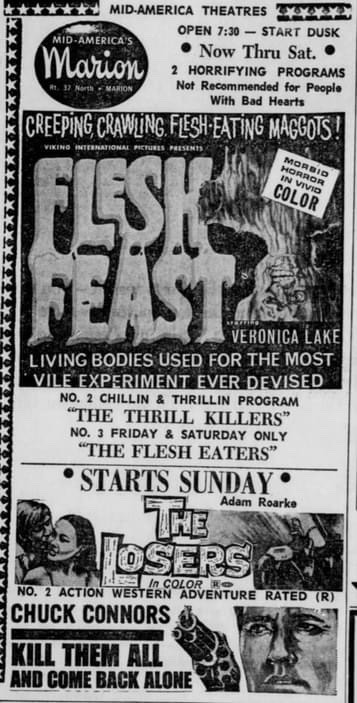
«8-21-70, Marion (near Carbondale), IL - Veronica Lake in FLESH FEAST plays the Marion Drive In along with Ray Dennis Steckler's THE THRILL KILLERS and Jack Curtis' THE FLESH EATERS.»
2 notes
·
View notes
Text
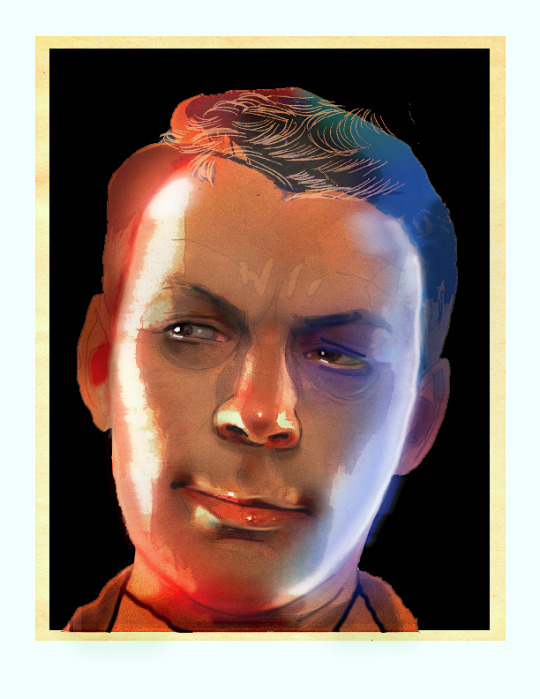
2 notes
·
View notes
Text
Music for Films, Vol. III: Night of the Dying Punks

“Send more cops.”
youtube
Depending on how you’re ideologically situated, you may find that the funniest line in Dan O’Bannon’s Return of the Living Dead (1985). The joke skirts the boundary of transgression, with some surprising chutzpah. Return of the Living Dead is, after all, a gag film, among a spate of gory horror-comedy flicks that proliferated in the 1980s and ran an extensive gamut, from the brilliant American Werewolf in London (1982) to the bonkers Evil Dead 2 (1987) to the utterly demented Re-Animator (1985; and for reasons obvious to those who know the film, it’s hard to find a safe link to its most infamously tasteless — ahem — moment; giving head has never been more awfully literalized). O’Bannon’s movie doesn’t have the gonzo visual creativity or the semi-satiric incisiveness that characterize the comic energy of those other, better films. But Return of the Living Dead has a sense of its subgenre’s history that allows its lowbrow cultural orientation to exceed its own limitations, more frequently than it probably has any right to. And it has a well-selected soundtrack.
youtube
The film only incorporates a few seconds of “Eyes without a Face,” and it's hard to say how many ticketholders in those 1985 theaters would have been familiar enough with the song to appreciate the suggested pun: Flesh Eaters, har har. Of course, the pun’s obscurity may have been on point, since “flesh eater” is too broad a term. In the film’s iteration of the zombie mythos, the ghouls have a very specific appetite, rapturously intoning, “More brains!” The laffs cascade, and to be sure, Return of the Living Dead is often waggishly idiotic. The movie’s surface values are interested in satisfying simple, moronic pleasures, targeted to the young and primarily male audience attracted to horror flicks in the 1980s; see especially Linnea Quigley’s performance as young punk Trash, who spends nearly all her screentime naked or barely clothed. The gratuity of her nudity complements the lurid bloodshed, the dumb jokes and the movie’s revelry in its drooling, goofy trashiness.
The folks that built the soundtrack struck the right set of tones, matching that trashy sensibility. 45 Grave, the Damned and the Cramps are all represented, bands that operated on punk’s periphery and were as interested in campy humor as they were in aggro, hard-knuckled rock intensities. 45 Grave had always been more goth than punk, and the Damned was following a similar trajectory in 1985. But perhaps more than any other act on the soundtrack, the Cramps fit the film’s giddily queasy aesthetic. In 1985, the band was riding as high (in numerous senses of the word) as they ever would. Recently freed from legal wrangling with IRS Records that had prevented them from releasing new music for a few years, and fresh off a tour of the UK, where they were hugely popular, the Cramps had good reasons for happiness. But “Surfin Dead,” their contribution to Return of the Living Dead, is at best an inane confection, more honestly evaluated as a grab for quick cash. The song pales lifelessly in contrast with the kind of libidinally anarchic rock the band was capable of producing.
youtube
“Tear It Up,” popularized by Johnny Burnette in 1956, is among the rockabilly and rhythm-and-blues tunes the Cramps transformed into feral rave-ups and torch-song nightmares: Ricky Nelson’s “Lonesome Town” (1958); Mel Robbins’ “Save It” (1959); Hasil Adkins’ “She Said” (1964); Elvis Presley’s “Do the Clam” (1965); the Groupies’ “Primitive” (1966); the list goes on, at some length. The band’s interest in the pop detritus of an earlier period in rock music tracks alongside some of the more interesting cinematic aspects of Return of the Living Dead, whose young punks and middle-aged characters—notably Clu Gulager as medical supply huckster Burt and Don Calfa as mortician Ernie, in a nimble performance, by turns slyly funny and soulful—grapple with a mounting plague of zombies. As they struggle and bicker, their tactics and debates track alongside the plot and character tropes of another key text from the 1960s’ cultural underground, George Romero’s Night of the Living Dead (1968).
The references to Romero’s film start early in Return of the Living Dead. When medical supply workers Frank (James Karen) and Freddy (Thom Matthews) head down into a warehouse basement to gawk at some not-yet-animated corpses, O’Bannon quotes directly from Romero: the basement door, the wooden staircase, the lighting, the camera’s vantage all recall with precision a shot near the end of Night of the Living Dead, when Ben (Duane Jones) locks himself in the besieged and soon overrun farmhouse’s cellar. O’Bannon, who also wrote Return of the Living Dead’s screenplay, references other crucial moments from the earlier film: Ben and Harry Cooper (Karl Hardman) arguing over whether it’s best to retreat into a space with a single entry and exit point; Tom (Keith Wayne) and Ben exiting the farmhouse in a doomed attempt to retrieve an escape vehicle. None of it ends well, in either film.
youtube
Numerous critics and film historians have read that closing sequence of Night of the Living Dead as a lynching, a forceful response to the unsettled cultural anxieties intensified by the late-1960s radicalization of the Civil Rights movement. It appears to be a more serious engagement among pop culture, strongly coded symbolics and America’s repressed terrors when contrasted with the Cramps’ psycho-sexual freak-outs—but listen to Lux Interior work it out on “Fever” or “The Natives Are Restless” and the contagions may not seem so dissimilar. In any case, Romero’s additional zombie films incorporated satiric elements, some of them broadly comic (see Dawn of the Dead’s antic renditions of consumer culture) others sharper and more bitter. Day of the Dead, Romero’s third zombie movie and surely his bleakest, was released less than a month before Return of the Living Dead, in July 1985. It is certainly Romero’s most spectacularly violent film, in which an underground tunnel system full of scientists and military servicemen is invaded by a horde of ghouls. The climactic scenes of evisceration and intestine-munching carnage are prolonged and painstakingly horrendous.
Those images from Day of the Dead have an apocalyptic feeling, in tune with the film’s grim bunker mentality. It very much typifies its doomstruck, late-Cold War social context, when Reagan’s anti-Soviet rhetoric and enthusiastic support for nuclear missile systems intensified the superpowers’ antipathies. The film’s tunnel system may put you in mind of the underground warrens envisioned by some in Pentagon, through which mobile MX missile deployment technologies might move, evading Soviet tactical bombing assaults. Return of the Living Dead was made in the same context and atmosphere, and its response is much more emphatic.
youtube
It is also a good deal clumsier, a violent tonal shift that is out of proportion with the movie’s own representations of violence. Those are largely cartoonish, characterized by explicitly silly gross-out enthusiasms. For the flick’s first 80 minutes, the bloody effects and occasional chills are in tune with the dominant atmosphere of dippy frivolity and cheap thrills. The sudden turn to social critique fails to instill either fear or rage. Put it this way: Imagine the Cramps attempting a straight cover of Bob Dylan’s “Masters of War,” and you’ll have some sense for the weirdly wincing, mostly flat affect generated by the mushroom cloud in Return of the Living Dead. It wants to be horrific, or at least outrageous, but it ends in a shrug.
In that way, “Nothin’ for You,” the TSOL song on the movie’s soundtrack, ends up being oddly apt. “Nothin’ for You” found its way onto TSOL’s Revenge (1986), one of the records the band made while it coped with Jack Grisham’s departure and attempted a turn toward hard rock, aping the energies of younger Sunset Strip bands like Guns N’ Roses. One could note that the obvious TSOL song for Return of the Living Dead’s soundtrack would seem to be “Code Blue,” the necrophiliac anthem from the band’s death rocking LP Dance with Me (1981). But that song is distasteful in too confrontational a fashion. The vanilla, hair-metal-adjacent tones of “Nothin’ for You” are much more appropriate to the movie’s real imperatives: lascivious shocks, mild scares and lots of ticket sales.
So Return of the Living Dead provides a useful — if sort of unfortunate — index for the situation of transgressive cultural forms like horror cinema and punk music in the mid-1980s. Some genuinely interesting and intense horror films were being made; see Gerald Kargl’s Angst (1983), Brian DePalma’s Body Double (1984) and Day of the Dead for a selection among international, major studio and independent productions. And records by the Crucifucks, Black Flag and Butthole Surfers were continuing to move punk into discomfiting, vexing and exciting shapes. But the schlock was also arriving, in ever-increasing proportions that had the effect of diluting and even sanitizing the forms’ inherent sickness and threat. And when you’re working with already commodified genres, conceived at their core as commercial media, the dominant (and ultimately confining) logic of the culture industry can be hard to resist.
youtube
Jonathan Shaw
#music for films#night of the living dead#jonathan shaw#dusted magazine#return of the living dead#the flesh eaters#the damned#the cramps#punk#horror cinema#tsol
4 notes
·
View notes
Text
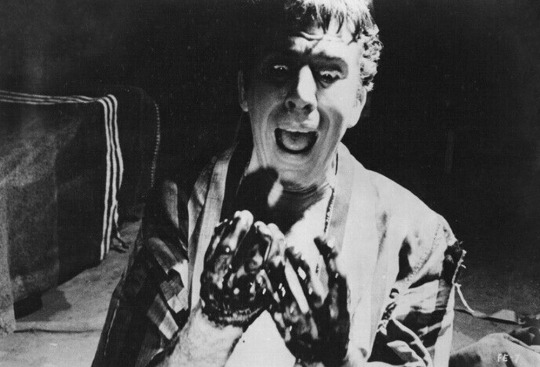
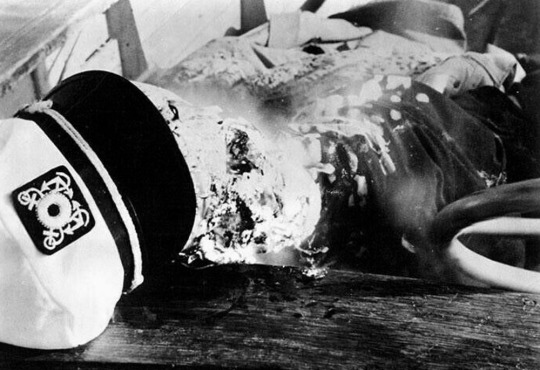
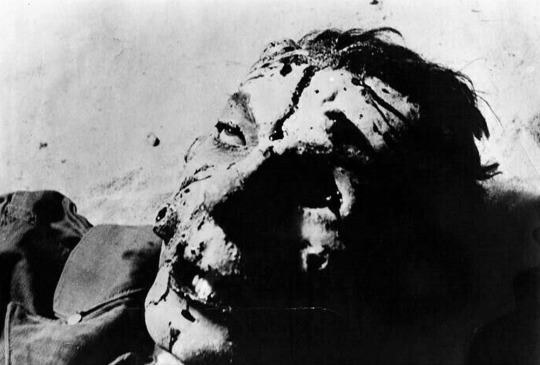
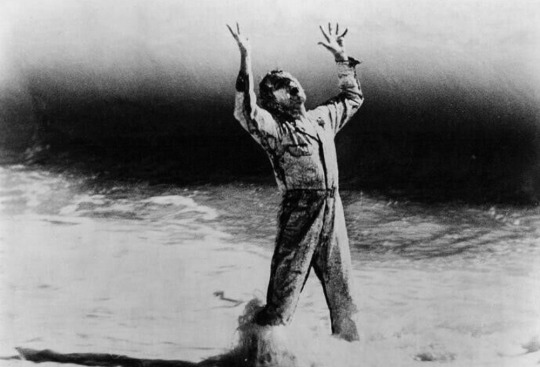

The Flesh Eaters (1964)
#the flesh eaters#ray tudor#martin kosleck#rita morley#1960s movies#jack curtis#sci fi horror#trash classic
60 notes
·
View notes
Photo
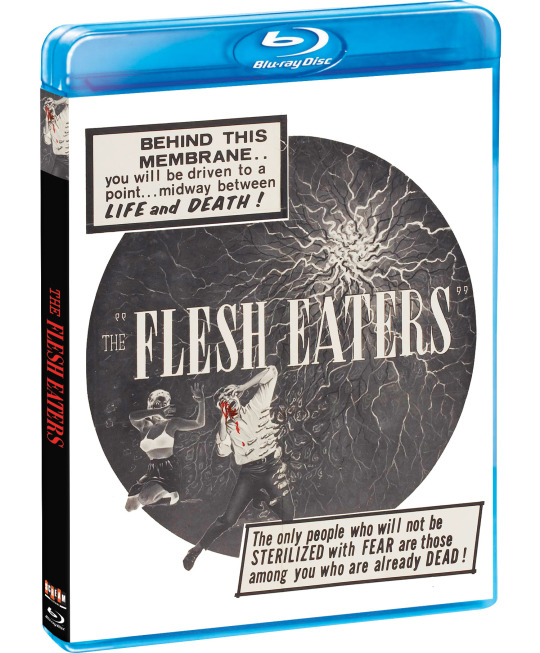
The Flesh Eaters has been released on Blu-ray via Scream Factory. Limited to 1,500, the 1964 sci-fi horror film is available for $26.98 exclusively from Shout Factory.
Jack Curtis (best known for voicing Pops Racer on Speed Racer) directs from a script by Arnold Drake (co-creator of Marvel's Guardians of the Galaxy and DC's Doom Patrol). Martin Kosleck, Rita Morely, and Byron Sanders star.
The Flesh Eaters has been newly scanned in 2K from the best available film elements. An alternate cut of the movie is included in standard definition. Extras are listed below.
Special features:
Alternate cut (standard definition)
Alternate cut audio commentary by writer Arnold Drake, filmmaker Fred Olen Ray, and film historian Tom Weaver
Interview with actress Liane Curtis
Outtakes
Storyboard gallery
Image gallery
Poster and lobby card gallery
Trailers
A flight chartered by a petulant film actress and her secretary goes haywire when a storm and engine trouble force their down-on-his-luck pilot to land on a remote island. But this island is inhabited by Prof. Peter Bartell, a scientist with a disturbing past ... and an even more disturbing present. Experimenting on mysterious microbes existing in the waters surrounding the island, Bartell hopes to cultivate them into insatiable monstrosities capable of eating their prey's skin in the blink of an eye!
#the flesh eaters#horror#60s horror#1960s horror#60s sci fi#1960s sci fi#scream factory#shout factory#dvd#gift#arnold drake#doom patrol#guardians of the galaxy#marvel#dc comics
11 notes
·
View notes
Text


Vintage Magazine - Famous Monsters Of Filmland #029 (July1964)
#Magazines#Famous Monsters Of Filmland#Film#The Flesh Eaters#Horror Films#Horror#Vintage#Art#CGC#Ads#Advertising#Universal Monsters#Jerry Lewis#1964#1960s#60s
14 notes
·
View notes
Text

The Flesh Eaters is a showcase for restrained scifi horror and then there’s some giant monsters. Both parts are good. The Dobie Gillis character is more palatable this time around.
#halloween#halloween hundred#movies#horror#halloween hundreds#horror movies#monsters#monster movies#classic#classic horror#the flesh eaters#scifi horror#every poster says STERILIZED with fear wtf?!
3 notes
·
View notes
